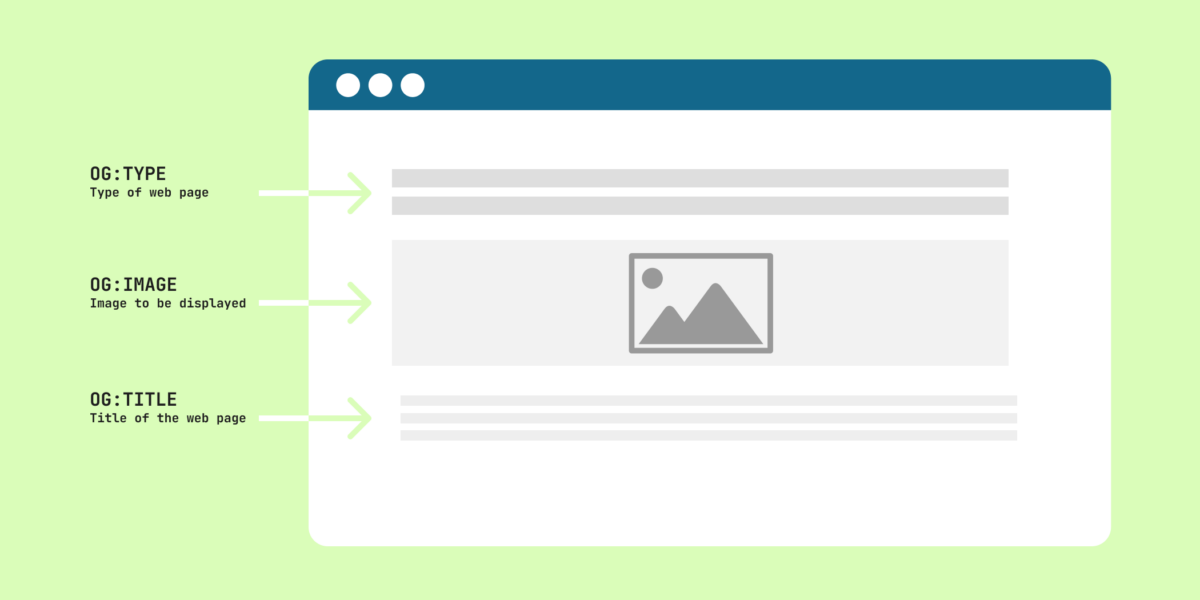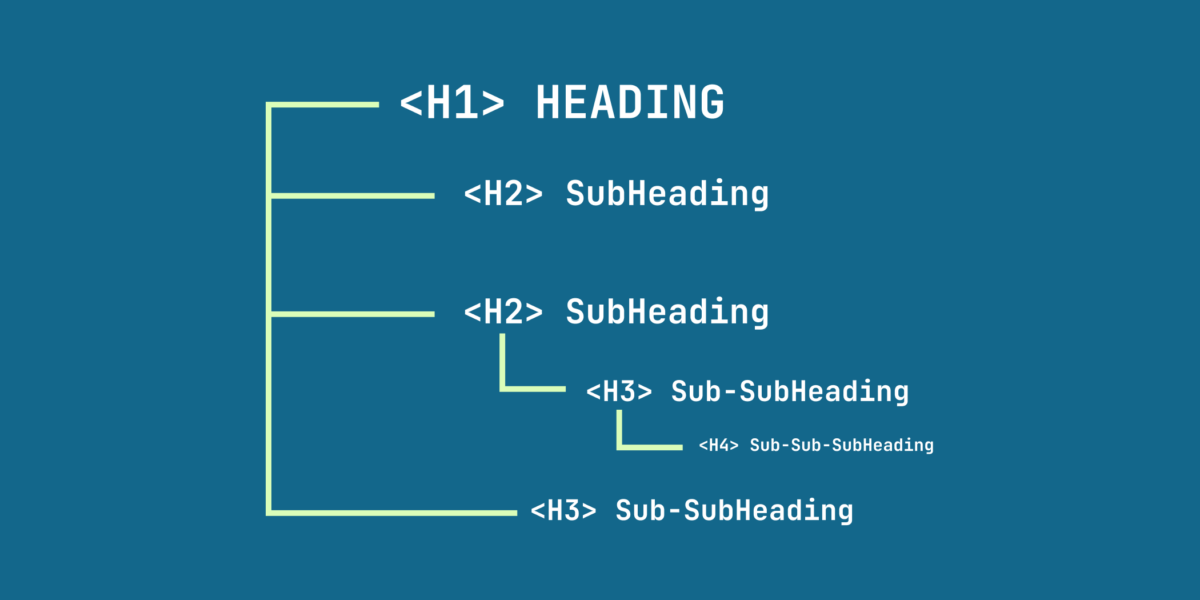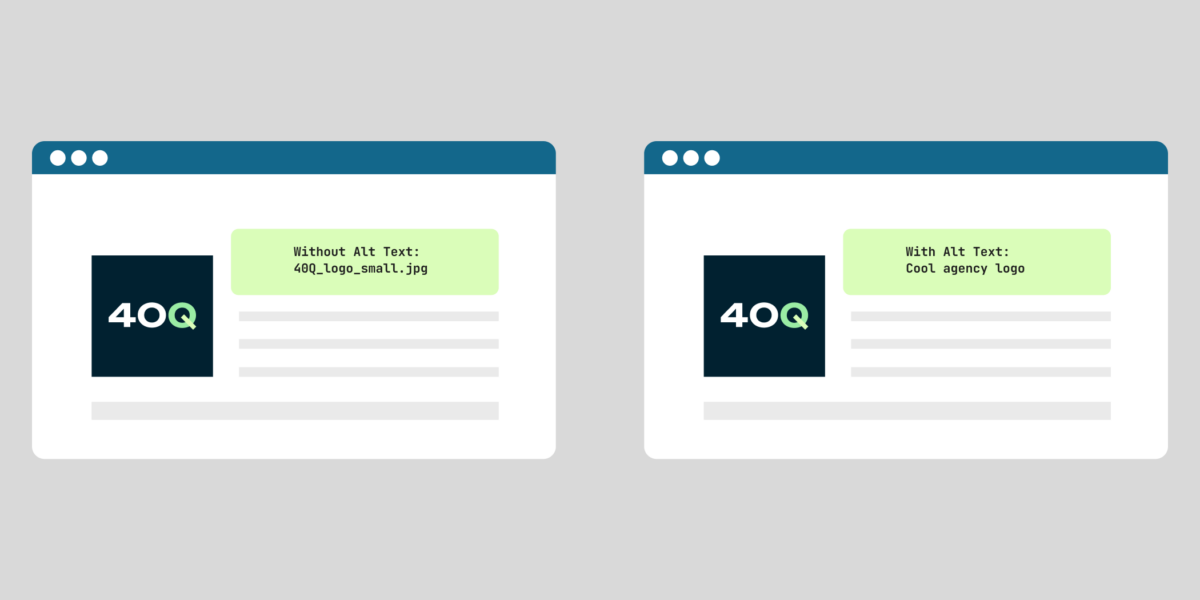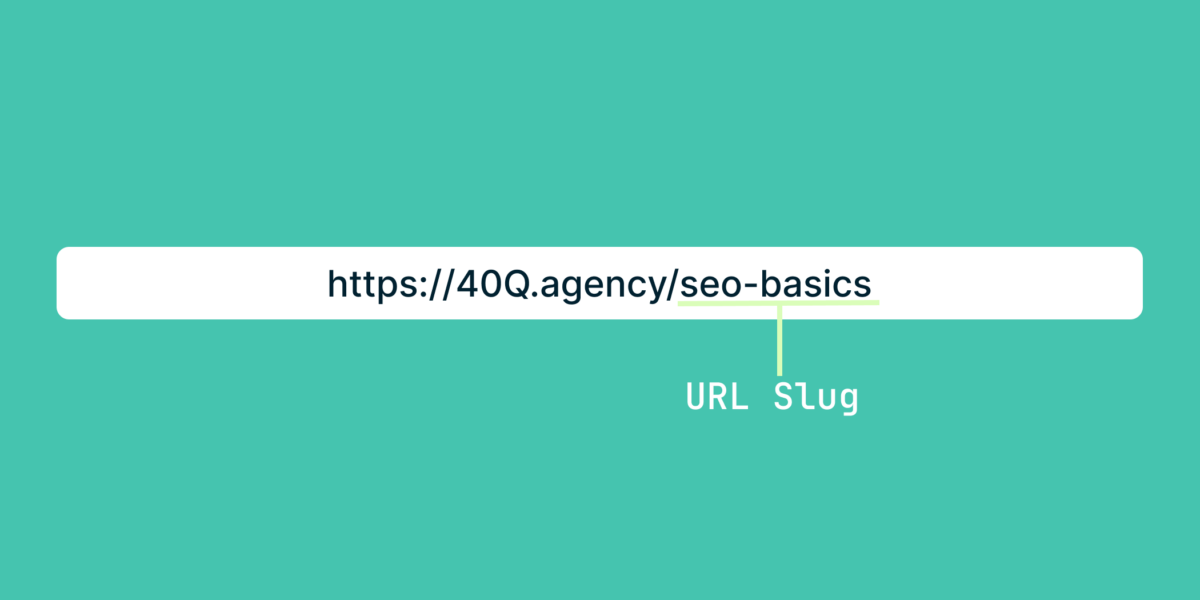SEO basics and how to master your rankings
Martin Szigeti

A good SEO strategy relies on a strong foundation of high-quality content creation and solid coding practices. Content creation forms the backbone of SEO, as search engines prioritize relevance and user engagement when ranking pages. By publishing informative, well-researched content that directly addresses user needs and interests, your business can attract organic traffic and establish authority within your niche. Ensuring content diversity aligns with keyword optimization is crucial for improving search engine visibility.
Equally important is clean code that ensures technical SEO optimization. A website’s architecture and coding structure play critical roles in crawling and indexing your site. It’s essential to ensure that search engine robots can easily parse and understand your content. Proper use of meta tags, headers, and structured data markup enhances content visibility and relevance. Responsive design and fast loading times are also critical, directly impacting user engagement and bounce rates, factors heavily weighed by search algorithms. A well-executed SEO strategy integrates content excellence with meticulous coding practices to maximize organic reach, user satisfaction, and long-term digital success.
Schema Markup and Open Graph Tags:

Schema markup and Open Graph tags enhance SEO by ensuring that shared content appears attractively and consistently, thus increasing click-through rates and engagement. Schema markup provides structured data that aids search engines in understanding web page content better, while Open Graph tags control how content displays when shared on social media platforms like Facebook and Twitter. Implementing schema markup and Open Graph tags is crucial for enhancing a website’s visibility and appearance in search engine results, so ensure that all your pages are properly configured for both.
Headings Hierarchy Order:

Heading hierarchy organizes content by levels of importance using headings (H1, H2, H3, etc.) on a webpage. This structure helps search engines understand content structure and importance, enhancing readability and accessibility for effective content indexing. From a development perspective, it’s vital to correctly place heading tags and maintain a logical structure on your page. This practice not only improves SEO rankings but also enhances user engagement by organizing content effectively.
Image Alt Attributes:

Image alt attributes are text descriptions added to image tags in HTML. They serve multiple purposes, including enhancing accessibility for visually impaired users who rely on screen readers, improving image SEO by incorporating relevant keywords, and ensuring proper image indexing by search engines. Descriptive alt attributes not only make websites more accessible but also contribute to overall SEO efforts by providing context to images and improving the relevance of web pages in search engine results.
URL Slugs:

URL slugs are clear, user-friendly parts of URLs that identify specific pages on a website in a human-readable format. Slugs are typically crafted to create clean, descriptive URLs for pages. They play a significant role in SEO and user experience. Slugs should align with your website structure and be carefully chosen to ensure consistency across the site. Clear URLs make it easier for users to understand page content before clicking on search results, potentially increasing click-through rates. Implementing clear and friendly URLs is a fundamental coding best practice that positively impacts both SEO performance and user engagement.
SEO not only relies on your content creation but also requires good, clean coding practices to complement your positioning strategy. At 40Q, we prioritize SEO readiness in our development process to enhance your SEO efforts and help you stand out in a crowded digital environment.


